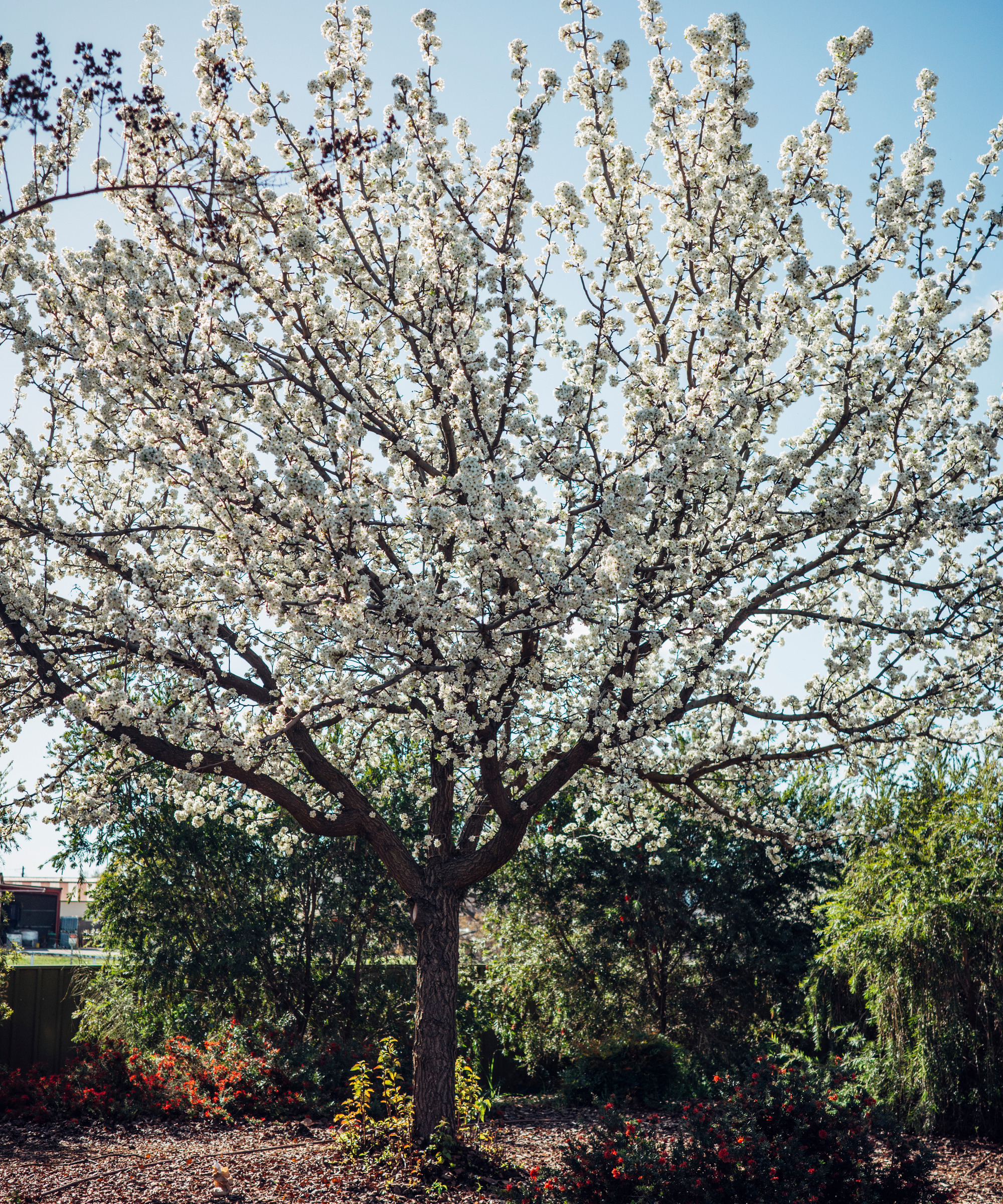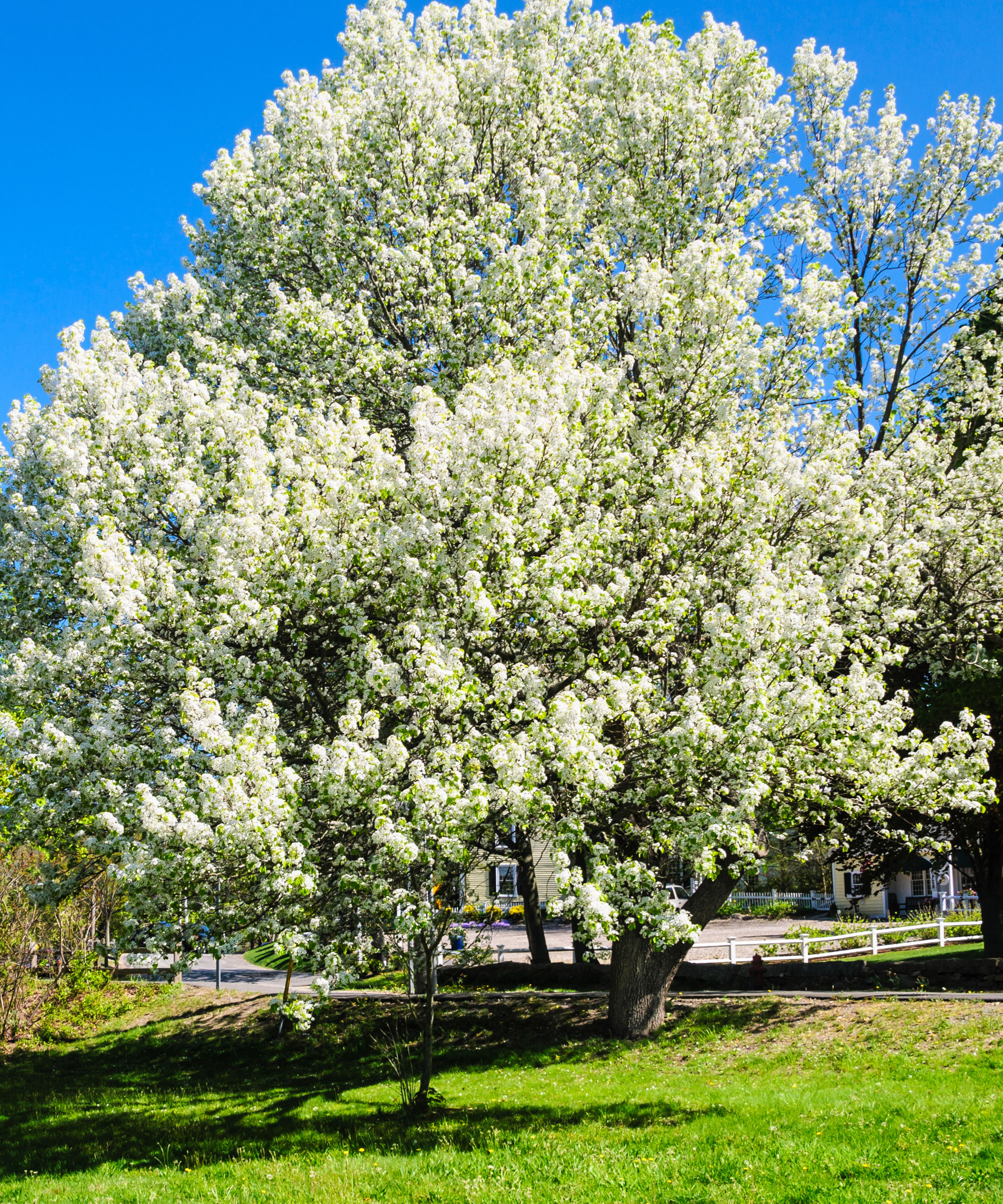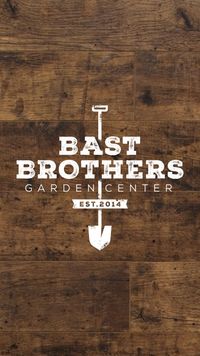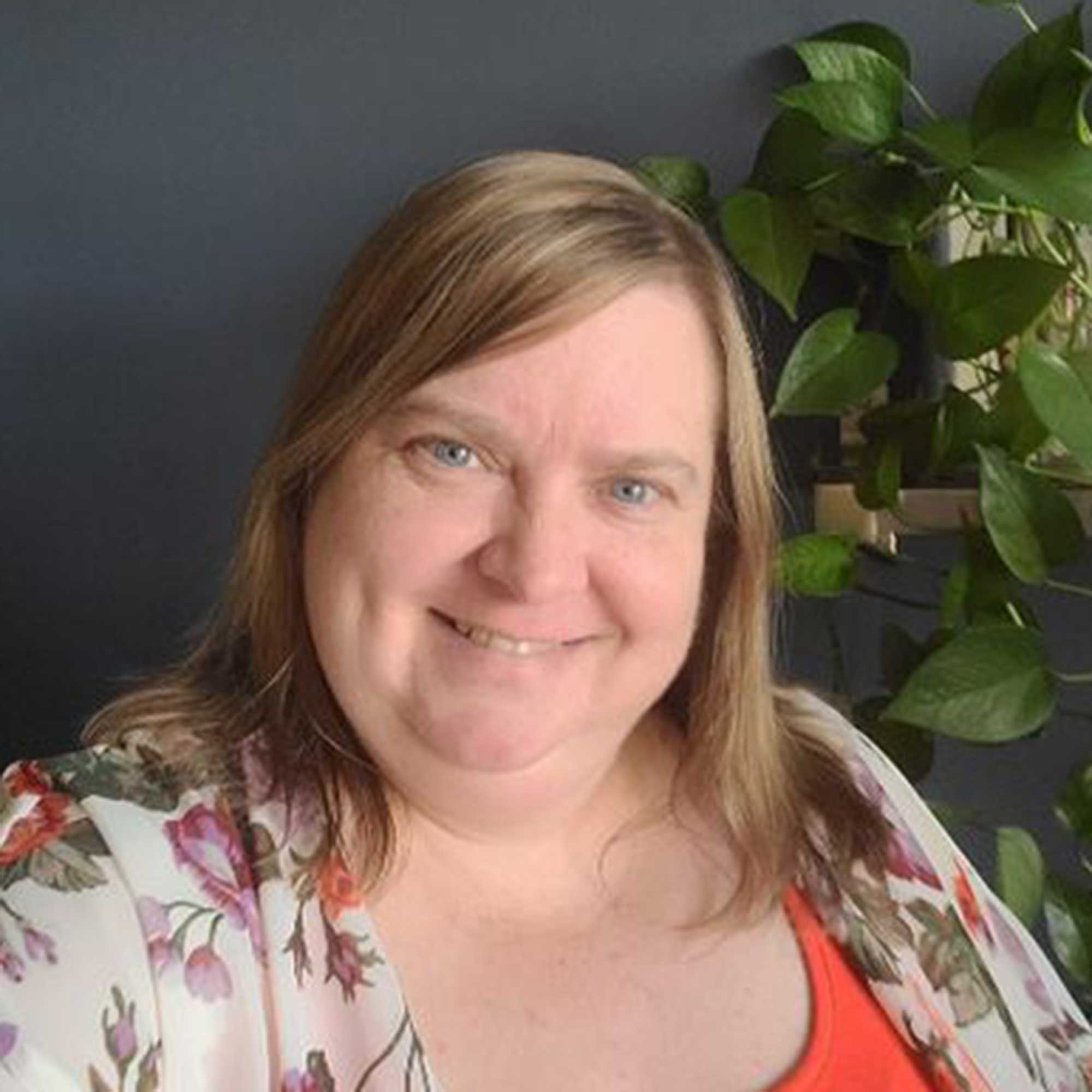Invasive trees never to grow – 5 species to avoid and which trees you should plant instead
Many invasive trees can cause harm to your yard by crowding out native species


Trees are important in any outside space. Whether you have a sizable oak tree in the corner of your plot or a small Japanese maple in a pot on the patio, trees help to add structure, shade and privacy to gardens. Some trees, however, are considered invasive plants, spreading rapidly and outcompeting native species. These invasive trees, therefore, must be avoided at all costs.
As a former gardener, I have planted, grown and cared for many trees in gardens across the UK and Italy. I have seen firsthand the damage invasive trees can do to gardens big and small, such as the black locust tree, Robinia pseudoacacia. This tree can be a real nuisance, sending out suckers more than 50 feet away from the main trunk, and finding its way under structures and beneath the garden fence.
Here, garden experts reveal some of the most problematic invasive trees to avoid planting, with recommendations on what native species you should grow instead. If you are seeking information on the trees never to plant in backyards, our guide will help you to make the right decision.

5 invasive trees never to plant
Choosing trees for your yard is tricky. There are over 70,000 different tree species found growing across the world, and while some are more well-known than others, there is sure to be a tree to suit your tastes, climate and US hardiness zone.
However, some of these are invasive plants that are vigorous growers and can quickly cause problems. Here, garden experts reveal five invasive trees that should be avoided and suggest alternative native plant ideas to grow instead.
1. Bradford Pear

Native to China and North and South Korea, the Bradford pear, otherwise known as the Callery pear, Pyrus calleryana, is not only a tree to avoid planting close to your home but an invasive species to avoid altogether.
The Bradford pear's success in spreading so vigorously is due to the capacity of each tree to produce large amounts of seed, dispersed by birds that then quickly germinate. Today, it is found growing across much of North America.
Design expertise in your inbox – from inspiring decorating ideas and beautiful celebrity homes to practical gardening advice and shopping round-ups.
'In New Jersey, the Bradford pear is a highly invasive tree to never grow,' says Bert Bast, garden expert and owner of Bast Brothers Garden Center. 'It is a shame because it is a beautiful tree with white flowers in spring, but it can spread very easily.
'The highways and wooded areas here are lined with this species, and while to the untrained eye, this can look quite beautiful, what it really means is that this tree is out-competing native plants that would be host plants and food sources for our wildlife.
'Instead, why not learn how to grow eastern redbuds, one of our finest native trees that can grow up to 30 feet tall,' Bert says. Growing best from US hardiness zone 4 to zone 9, 'these trees would be a much better alternative to landscape with, and produce colorful spring blossom too.' Eastern redbud trees live starter plants are available from Walmart.

Bert Bast is a garden expert and owner of Bast Brothers Garden Centre. Established in 2014 and nestled in the heart of Mullica Hill, NJ, Bast Brothers Garden Center is a destination for all things garden.
2. Tree of Heaven

The tree of heaven, Ailanthus altissima, is another problem plant with invasive tendencies. Growing upwards of 60 feet tall, the tree of heaven can rapidly spread by seed dispersal or by aggressive roots and suckers spreading across the yard.
'This fast-growing tree is highly invasive, producing thousands of seeds and spreading aggressively through its roots. It can outcompete native plants and release chemicals into the soil that inhibit the growth of other species,' says Tabar Gifford, plant expert and American Meadows master gardener.
Without regular maintenance and tree pruning, the tree of heaven will quickly pose problems for both your yard and that of your neighbors. 'Instead, consider a native alternative, such as serviceberry trees, Amelanchier spp.,' Tabar continues, 'for a low-maintenance option that supports wildlife and produces beautiful blooms.'
Serviceberry trees are available to order from Walmart and can be grown from US hardiness zone 4 to zone 7 in full sun or part shade.

Tabar Gifford works as an American Meadows Master Gardener, and has a lifelong love for gardening and nature. With a background in environmental studies and sustainable community development, she enjoys combining her horticultural expertise with a commitment to education.
3. Autumn olive

'One invasive tree to avoid growing is the autumn olive, Elaeangus umbellate,' says plant expert, Katie Sunderlage, based in Wisconsin. 'This tree can easily spread through agricultural fields and forested areas.'
Autumn olives produce masses of colorful berries that contain seeds. These berries are consumed by birds and mammals, and the seeds are then deposited elsewhere. 'For this reason,' Katie continues, 'autumn olives should be avoided at all costs. They can easily invade large areas, choking out essential native plants and depleting the soil of nutrients.
'If you are looking for an alternative native suggestion, try the black chokeberry, Aronia melancarpa, which produces masses of colorful fall berries. Chokeberry trees can be grown from zone 4 to zone 9 and will attract wildlife without the threat of spreading.'
Chokeberry live starter plants are available to buy from Walmart.

Operations Manager at Holland Group, managing the customer service department and purchasing. Katie has been in the green industry since 2005 in the Greater Milwaukee area, earning her degree in Horticulture in 2008. She has been able to share her love for plants working in multiple garden centers, in sales positions and most recently in an online retail platform at Holland Group.
4. Common Buckthorn

Another invasive tree to never plant in a small front yard is the common buckthorn, Rhamnus cathartica. 'This is probably one of the most invasive trees in Wisconsin,' says Katie. 'It spreads easily and quickly through woodlands, roadsides and forests.
'This European native is tolerant of a large variety of environments and is easily adaptable, making it very difficult to eradicate,' Katie adds. 'Since buckthorn is highly aggressive, it can easily create dense growth that can cause understory species to fail.
'Consider growing the pagoda dogwood, Cornus alternifolia, as an alternative,' Katie suggests. 'This native dogwood has a beautiful growing habit with white flowers in the spring and maroon to purple fall foliage.' Dogwood saplings are available to order from Amazon and can be grown from US hardiness zones 3.
5. Siberian Elm

'The Siberian elm, Ulmus pumila, is becoming increasingly more invasive across North America,' Katie continues. 'It is highly adaptable to poor soiland can also tolerate extreme temperature fluctuations. This problem species is native to Asia, yet today is spreading across the US, usually by seed dispersal in grasslands, prairies and agricultural fields.'
Katie suggests planting the common hackberry, Celtis occidentalis, instead. 'This medium-sized tree has a natural growing habit and interesting bark, adding structure and texture to backyards without becoming invasive.'
The common hackberry can be grown from US zone 2 plus, doing best in moist soil and in areas with plenty of rainfall.
FAQs
I have moved into a house that has a medium-sized tree of heaven - what should I do?
To stop this invasive species from spreading, it is best to act now. I would caution against using chemicals or herbicides, and instead seek to control it naturally. If there is no Tree Preservation Order (TPO) and you have gardening experience, use a sharp saw to carefully remove the branches and limbs of the tree.
Once all the limbs have been removed, you can cut the trunk down to ground level. This will prevent any flowers and seeds from being produced, although over the coming months, you will find that the tree sends up shoots and suckers. Simply snip these off. Eventually, with regular maintenance, the tree should die. Fiskars handsaws are available from Walmart, and will easily slice through branches and trunks.
If your neighbor has a large, invasive species in their yard that is leaning over the fence, do not take matters into your own hands. Your best option, according to the US Department of Agriculture, is to report any sightings of invasive species to your local government agency.
For more information on problem plants to avoid growing in your yard, see our guide on invasive bulbs, with tips on the best alternative species to grow for spring blooms.

Thomas is a Content Editor within the Gardens Team at Homes and Gardens. He has worked as a professional gardener for both public spaces and private estates, specializing in productive gardening, growing food and flowers. Trained in Horticulture at the Garden Museum, he has written on gardening and garden history for various publications, including The English Garden, Gardens Illustrated, Hortus, The London Gardener and Bloom. He has co-authored a Lonely Planet travel book, The Tree Atlas, due out in 2024.


